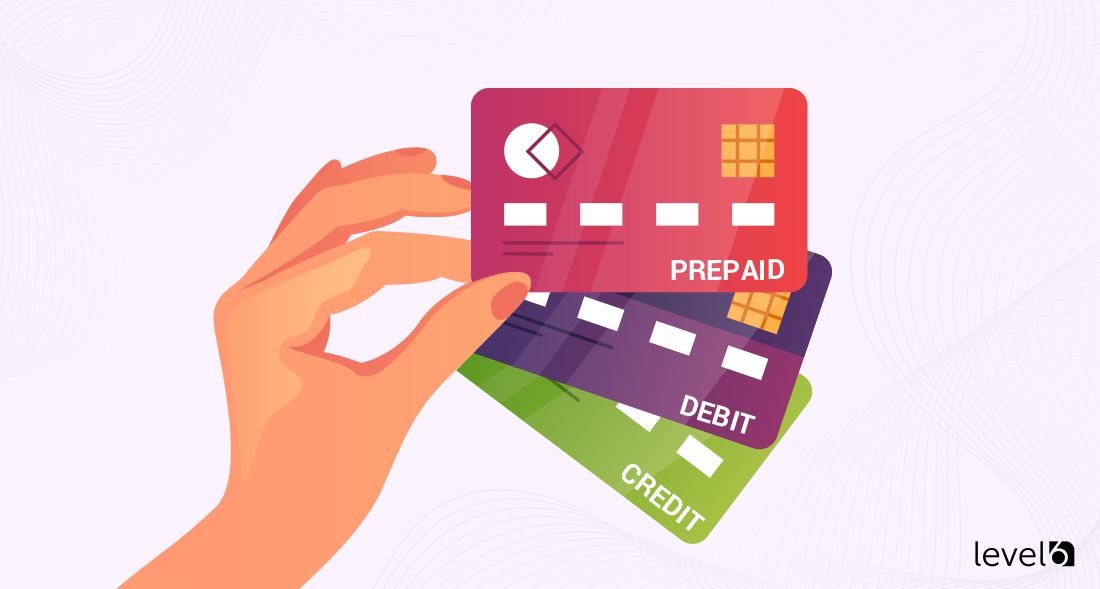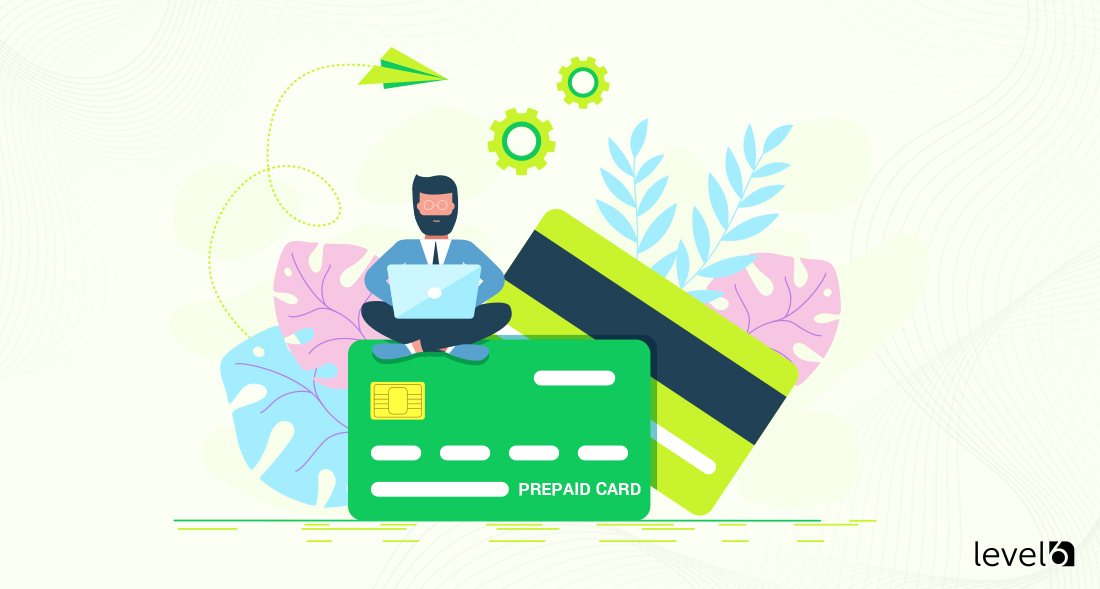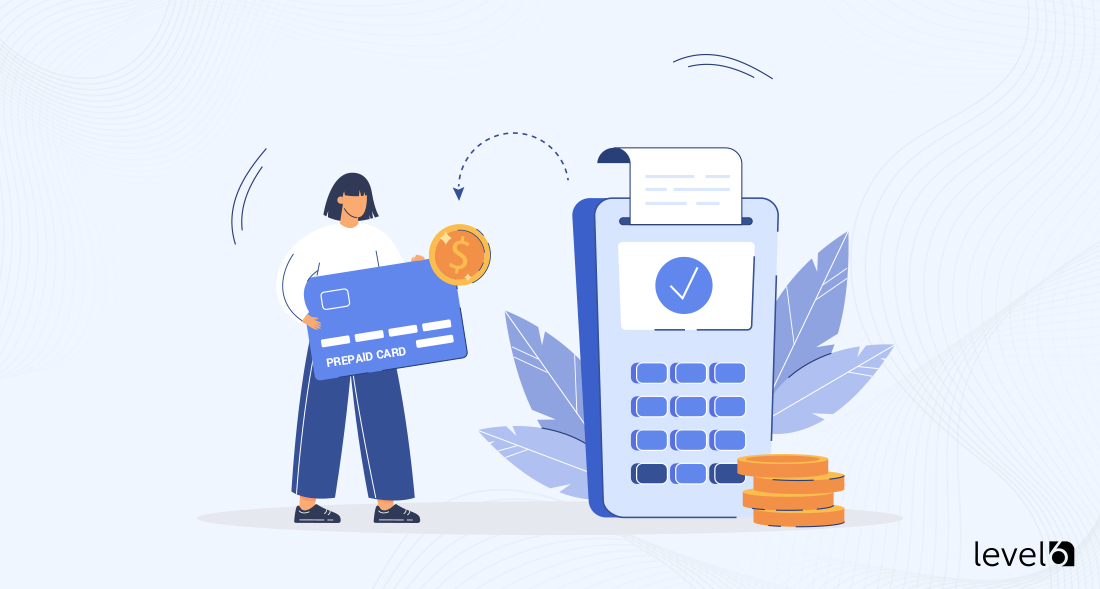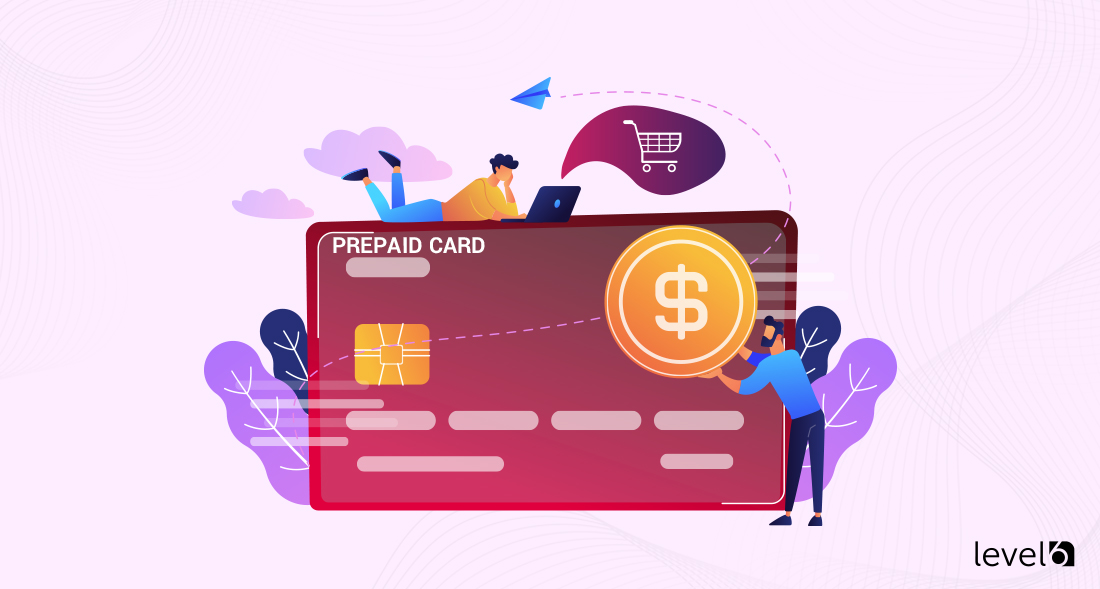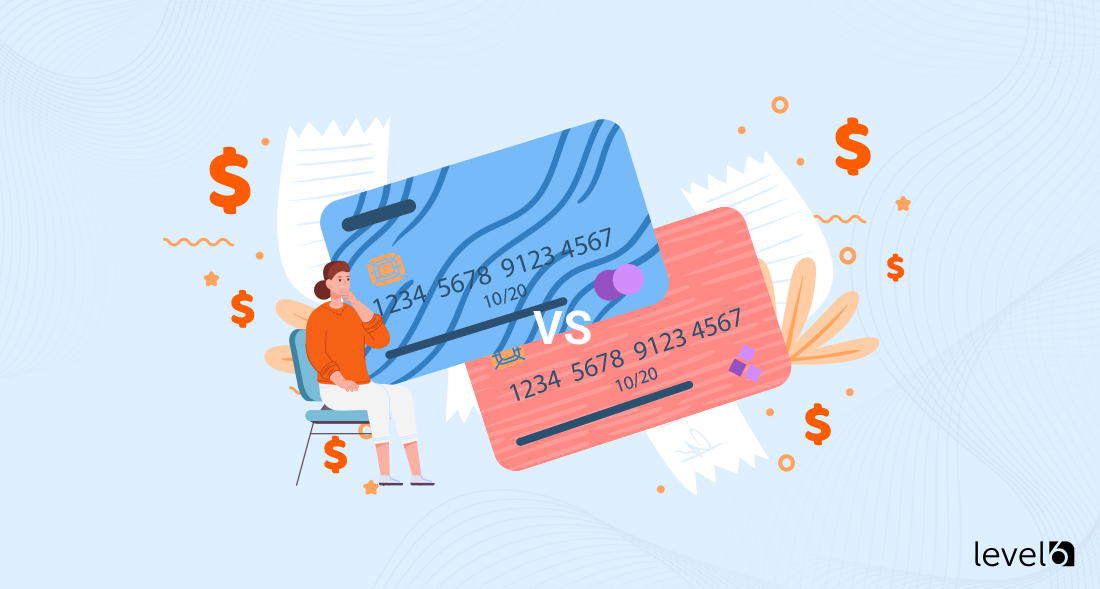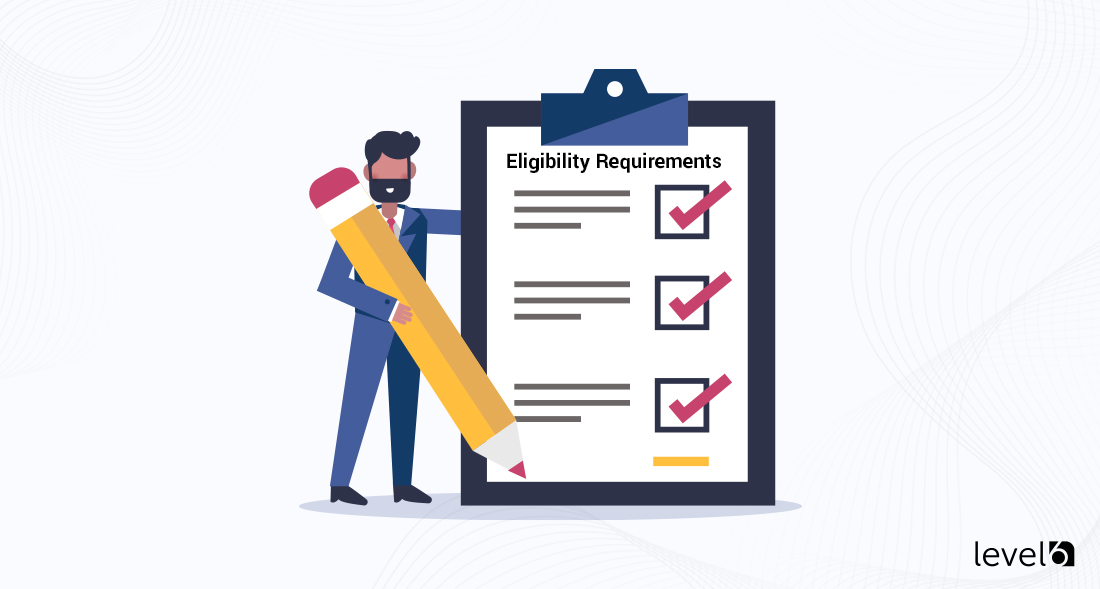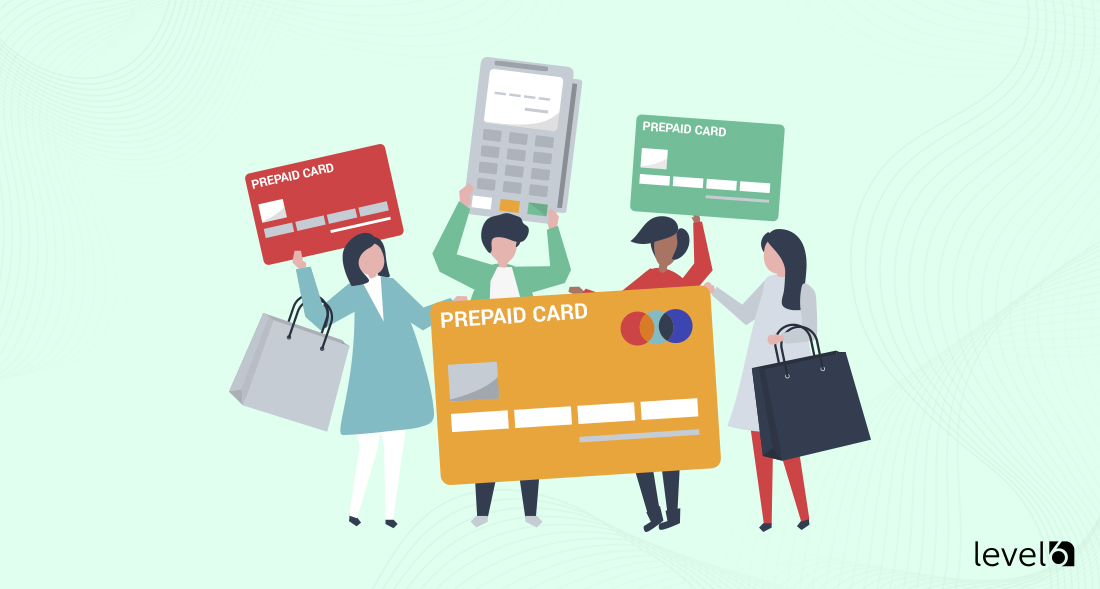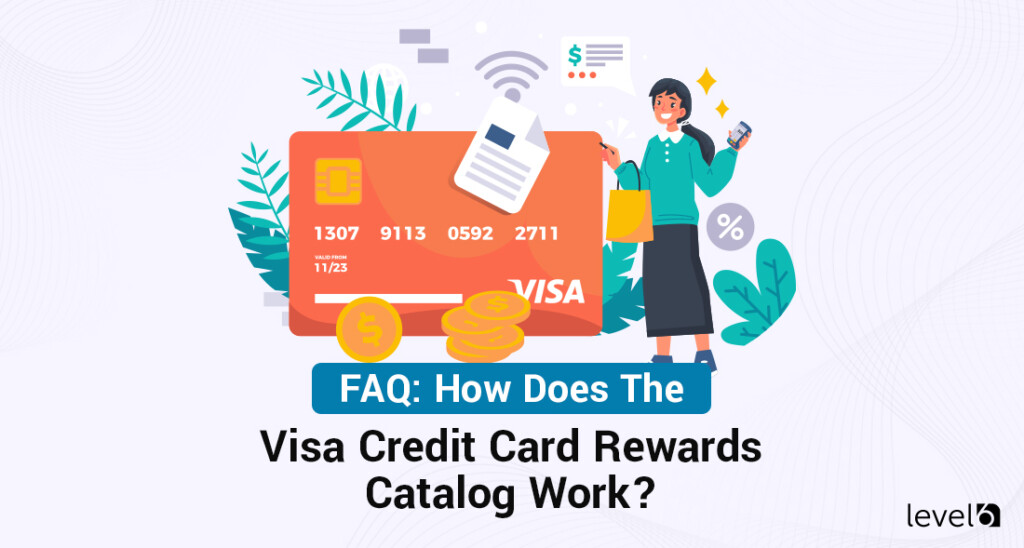Choosing the right reloadable prepaid card can be difficult, but it doesn’t have to be. There are several factors to consider when selecting the best reloadable prepaid card for your needs, from fees and interest rates to convenience and security.
In this blog post, we’ll provide you with five tips to help you make the best decision when choosing a reloadable prepaid card. From researching fees and features to understanding security measures, these tips will help you find the right card for your needs.
What’s A Reloadable Prepaid Card?
Reloadable prepaid cards are a great alternative to credit cards or bank accounts for those who don’t have one or don’t want one. They provide the same convenience of using plastic for purchases without needing a credit line or bank account.
Money is loaded onto the card in the form of cash or a bank transfer and can be used anywhere that accepts the card. Some cards also have features such as online banking, direct deposit, and ATM access. However, many cards have fees associated with loading money onto the card and limit on how much can be loaded or withdrawn each month.
In addition to providing an alternative payment method, reloadable prepaid cards can also be used as a tool to teach children financial responsibility and budgeting. They provide a safe way to give kids access to money while keeping track of their spending.
Traditional debit cards are linked to a bank account. Purchases that are made with this type of card will use the funds that have been deposited into your account.
Before purchasing any type of reloadable prepaid card, it is important to read the terms and conditions of the card carefully to understand any fees, limits, or other restrictions that may apply.
The Difference Between Reloadable Prepaid Cards, Debit Cards, And Reloadable Prepaid Credit Cards
Reloadable prepaid cards, debit cards, and reloadable prepaid credit cards all have their own unique advantages and disadvantages. Understanding the difference between each type of card is essential in choosing the right option for your financial needs.
Reloadable prepaid cards are prepaid payment cards that you can use to make purchases anywhere that debit cards are accepted. They are typically issued by a bank or financial institution and require no credit check.
Looking to learn more about an incentive, rebate
or reward program for your business?
Curious about costs?
Try our instant pricing calculator:
The main advantage of these cards is that you can deposit money on them and spend it without having to worry about credit checks or fees. Additionally, reloadable prepaid cards are ideal for budgeting and managing expenses since you can easily track your spending.
Debit cards are payment cards that allow you to make purchases directly from your bank account. They are connected to your checking or savings account, so when you make a purchase, the amount is deducted directly from your account.
Debit cards are great for keeping up with your finances as they offer more security than cash and are accepted at most places that accept credit cards.
Reloadable prepaid credit cards are similar to regular reloadable prepaid cards; however, they can be used like credit cards. These cards allow you to access a line of credit and make purchases up to a certain limit. You must load funds onto the card before making any purchases.
Reloadable prepaid credit cards offer more flexibility in terms of spending as you can pay for purchases over time. However, these cards often cost more than regular reloadable prepaid or debit cards.
How To Choose The Best Reloadable Prepaid Card
1. Read the terms and conditions
Reading the terms and conditions of a reloadable prepaid card is an important step in ensuring you get the best product for your needs. It is important to read the fine print so that you understand all of the fees, interest rates, and other details related to the card.
Additionally, you should be aware of any restrictions or limitations that may apply when using the card. Make sure to read over all the details, as some cards may have hidden fees or other surprises. Reading the terms and conditions can help ensure that you know what you are getting into before signing up for a card.
2. Check the fees
When choosing a reloadable prepaid card, it is important to understand the associated fees. Fees can vary significantly from card to card, so it pays to do your research.
Common fees associated with reloadable prepaid cards include activation, monthly service, loading, reloading, ATM withdrawal, and balance inquiry fees. Be sure to read all of the terms and conditions associated with the card to ensure that you are aware of all potential fees.
Ask yourself whether you are willing to pay these fees to use the card. If the fees are too high, consider looking for an alternative option.
3. Consider the features
When selecting a reloadable prepaid card, it is important to consider the features of the card. Different cards may offer different features, such as bonus points, cash-back rewards, travel benefits, and more.
It is important to read the terms and conditions to ensure you understand the features being offered and how they work. Some cards may also have specific eligibility requirements for certain features, so be sure to read the fine print. Additionally, some cards may charge additional fees for certain features, so be sure to check the fees associated with each feature before making your decision.
It is also important to consider if the card offers online access to view transactions and account balances. Having online access can make it easier to track spending and keep track of your balance. Additionally, some cards may allow you to set up account alerts to receive notifications when transactions are made or when your balance gets low.
Finally, make sure that you are comfortable with the customer service offered by the card provider. Check for customer service ratings and reviews to see how other users have experienced customer service from the provider. Good customer service can make a difference when you need help understanding the features or troubleshooting any problems.
4. Compare cards
When it comes to finding the best reloadable prepaid card, you should always take the time to compare cards. It’s important to look at the features and fees each offers and ensure they fit your needs.
Start by looking at the different types of cards available, such as debit or credit, as well as their features. The features offered on prepaid cards vary greatly, so look for ones that provide the services you need. For example, you may want a card with cash-back rewards or one that lets you use it internationally. You should also consider any special perks or discounts associated with the card.
5. Read reviews
Reading reviews is an important step in choosing the best reloadable prepaid card. It’s a great way to learn what other people have experienced when using a particular card. Reviews can provide insight into fees, customer service, and other features you may not know about before deciding. Reviews also show how well the card performs in different situations, such as online purchases or international transactions.
The best way to find out what people think about a particular reloadable prepaid card is to search for reviews on consumer websites or forums. You can also check out the card issuer’s website to see what their customers say about the product. Additionally, social media is a great source of reviews, as people often post their opinions and experiences there.
When reading reviews, look out for common patterns or issues that multiple people mention. This can help you decide if the card is suitable for you. It’s also important to take negative reviews with a grain of salt and remember that everyone has different needs and opinions.
Finally, don’t be afraid to ask questions if something doesn’t make sense or if you need more information about a specific feature. Talking to customer service representatives or other users can provide valuable information and help you choose the best reloadable prepaid card for your needs.
Eligibility Requirements To Get A Reloadable Prepaid Card
When it comes to choosing the right reloadable prepaid card, there are a few eligibility requirements you must consider before you make your selection.
Reloadable prepaid cards are available to anyone who meets the age requirement, which is typically 18 years or older. Depending on the card issuer, some may require additional qualifications such as proof of identity and address.
In addition to age, most reloadable prepaid cards will require you to provide valid identification, such as a driver’s license or passport, to verify your identity. Additionally, you will be required to provide proof of address, such as a utility bill or bank statement. These documents are necessary to ensure the safety of your account and money.
Before applying for a reloadable prepaid card, it is important to read the terms and conditions and make sure you meet all the eligibility requirements. Your application may be declined if you do not meet all the criteria outlined.
Remember that some reloadable prepaid cards may have extra requirements, such as a credit check. Be sure to read all the information provided so you can make an informed decision about the right reloadable prepaid card for you.
It is also essential to shop around and compare the fees associated with each card in order to find one that best suits your needs and budget. Each card issuer has its own fee structure for using their card, so make sure you understand these fees before making your final choice.
Some issuers even offer fee-free services such as online banking transfers, direct deposits, cash-back rewards, etc.
It’s also important to research any hidden fees associated with the card and to ask questions if anything isn’t clear. Additionally, take the time to review customer feedback and ratings from other users who have used the card previously.
This will help you gain insight into how user-friendly the reloadable prepaid card is and if there are any potential issues with customer service or other features. Finally, when selecting a reloadable prepaid card, choose one backed by a major payment processor like Visa or MasterCard. This will ensure your funds are safe and secure.
Are There Any Disadvantages In Getting A Reloadable Prepaid Card?
When considering if a reloadable prepaid card is right for you, it’s important to know the potential disadvantages of using this type of card.
First and foremost, reloadable prepaid cards typically have lower limits than debit or credit cards. This means that the amount of money that can be loaded onto the card at any one time is limited. This can be inconvenient if you must make large purchases with your card.
Secondly, reloadable prepaid cards often come with high fees. These may include initial purchase, activation, maintenance, and transaction fees. Before purchasing a card, it’s important to ensure you understand all of the associated fees to know exactly what you’re signing up for.
Thirdly, reloadable prepaid cards are not covered by the same consumer protections as debit or credit cards. For example, if your card is lost or stolen, you will likely receive compensation for the funds that were on the card.
Finally, reloadable prepaid cards don’t help you build a credit history. If you want to increase your credit score, this isn’t the best way to do it.
Overall, it’s important to understand the disadvantages of reloadable prepaid cards before deciding whether it’s the right option for you. It’s also wise to compare different cards in order to find the one with the most reasonable fees and features.
Who Offers Reloadable Prepaid Cards?
Many companies, including banks, credit unions, and prepaid card providers, offer reloadable prepaid cards in the United States.
Some of the most popular reloadable prepaid cards include:
- American Express Serve is a prepaid card that can be used anywhere American Express is accepted. It offers free direct deposit, no activation fee, and an optional savings account.
- The Visa Prepaid Card is one of the most widely accepted prepaid cards on the market. It offers competitive fees, free direct deposit, and fraud protection.
- The PayPal Cash Card is a prepaid card offered by PayPal. It allows you to easily send and receive money, track spending, and access other features.
- The Netspend Visa Prepaid Card is a great choice for anyone looking for an easy-to-use card with competitive fees. It has no activation fee and offers access to a wide network of ATMs.
- The Green Dot Prepaid Visa Card is another popular choice among prepaid cards. It offers fee-free ATM withdrawals, mobile check deposits, and other features.
- We consider Bluebird by American Express to be one of the best reloadable prepaid cards. It doesn’t charge any monthly fees and offers fee-free in-network ATM withdrawals. Bluebird doesn’t charge you a fee to replace your card or if you don’t use it for a while.
If your company is looking for a fully-managed incentive program, get in touch with us. We make it easy by becoming your Program HQ.
All you need to do is choose the reward program that suits you best and pay the invoices. We’ll handle everything else, from customer service to submission verification, to 1099 tax reporting, and everything in between.

Claudine is the Chief Relationship Officer at Level 6. She holds a master’s degree in industrial/organizational psychology. Her experience includes working as a certified conflict mediator for the United States Postal Service, a human performance analyst for Accenture, an Academic Dean, and a College Director. She is currently an adjunct Professor of Psychology at Southern New Hampshire University. With over 20 years of experience, she joined Level 6 to guide clients seeking effective ways to change behavior and, ultimately, their bottom line.

 Demo
Demo